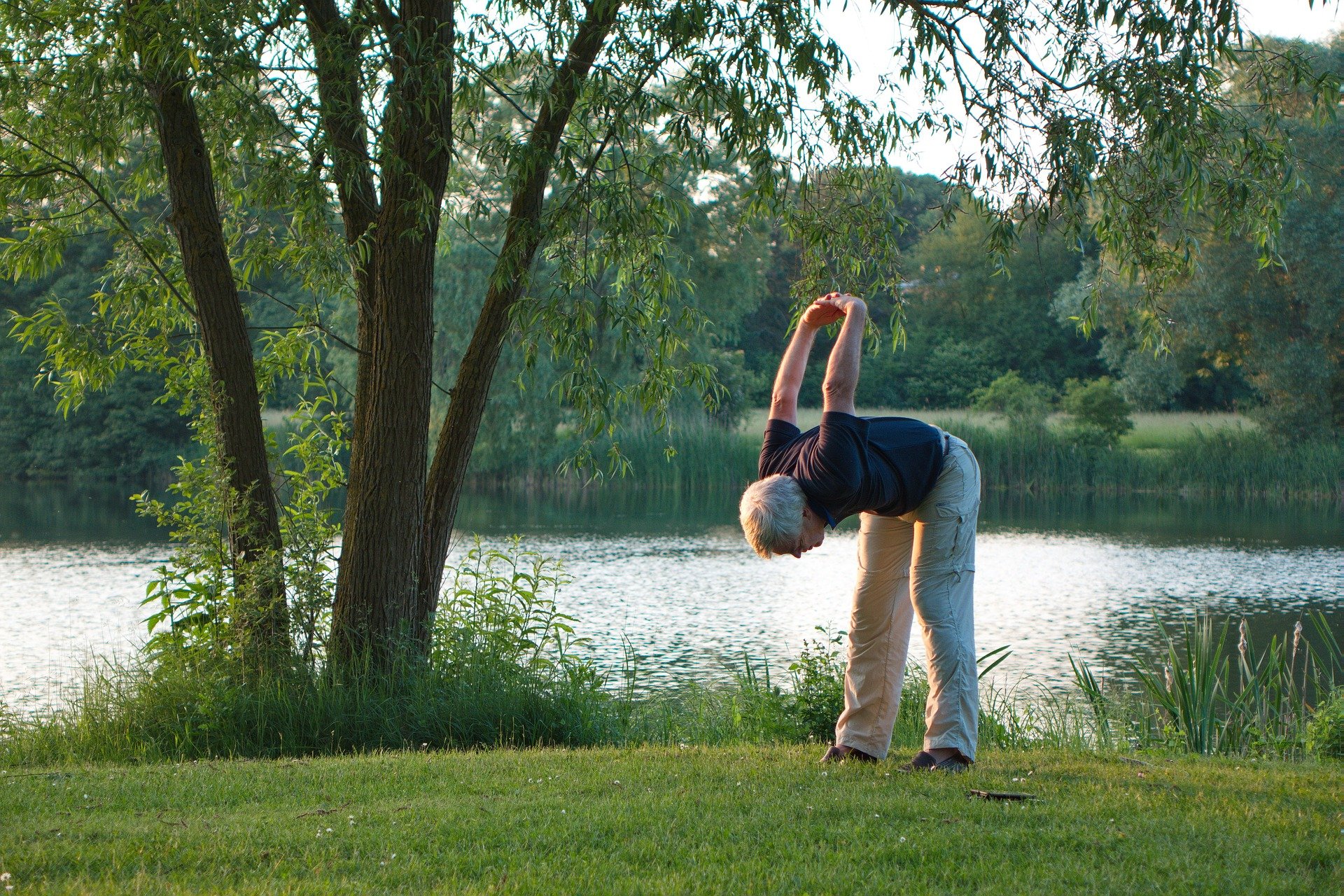Sarcopenia is a condition that involves the loss of muscle mass as one grows older. There are several reasons this muscle loss can occur, but inactivity is one of the major ones. A decrease in activity and loss of range of motion are among the symptoms of Sarcopenia. These signs should be taken seriously, as they have a significant impact on an individual’s functionality. Sarcopenia can also cause weakened bones, an increased risk of falling, and loss of independence. Here is how you can identify the disease.
Identifying Sarcopenia
For the aging population, a loss of muscle mass is a natural process. Because people expect to experience loss of function as they age, sarcopenia is often missed. Abrupt physical changes and issues with balance, a rapid onset of muscle loss, difficulty climbing stairs, and challenges with normal daily activities can be indicators of the presence of sarcopenia.
Your physician may recommend a series of X-rays to assess skeletal mass. One specific type of X-ray is known as DXA (dual energy X-ray absorptiometry) which is utilized to determine bone density and test for osteoporosis. Other tests used to diagnosis sarcopenia include speed walking and strength tests, as well as blood work.
What Should Seniors Look For?
If not proactively avoided, loss of muscle mass can begin to significantly affect people as young as 65. As muscles naturally weaken, seniors may become incapable of performing their usual day to day activities, which can further destabilize their musculature. There are additional health factors that can result in sarcopenia, such as a hormone imbalance (testosterone and growth hormones), minimized capability to transform protein into energy, malnutrition, and loss of nerve cells. These are critical factors that can have an impact on the total health of senior citizens. If seniors are experiencing these symptoms, it is essential to discuss options with their physicians.
There are currently no FDA approved medicines to treat Sarcopenia. However, there are several ways to fight the disease, including muscle building exercises and nutritional plans. Here are some tips:
Increase Protein: With every passing year, it becomes more critical to increase the amount of daily consumed protein. Sometimes, the body stops absorbing protein in the way it is needed, so it is up to the individual and their physician to make sure they have enough protein for the body to process. Adding tuna, grass-fed meats, chick-peas, almonds, eggs and Greek yogurt can help the body to hold onto enough protein to keep you healthy.
Resistance Training: Incorporating weightlifting and resistance training is important for combatting Sarcopenia. These exercises require a full range of motion and maintain strong muscles.
Walking: Continual daily movement is considered to be the best way to maintain healthy muscle mass. Seniors should take the opportunity to walk whenever possible – down the hall, around the block, through the mall, or through downtown. These walks activate the muscles and keep seniors as healthy as possible.
As the years progress, the loss of balance and stability known as sarcopenia can cause anxiety and stress. Working on strength, mobility, balance, and flexibility can boost confidence and reduce fears.
At A Banyan Residence, we encourage the ongoing health and wellness of all our residents. If you are concerned about a loved one and looking for a caring, compassionate and professional facility to make their home, we invite you for a private tour and consultation.

